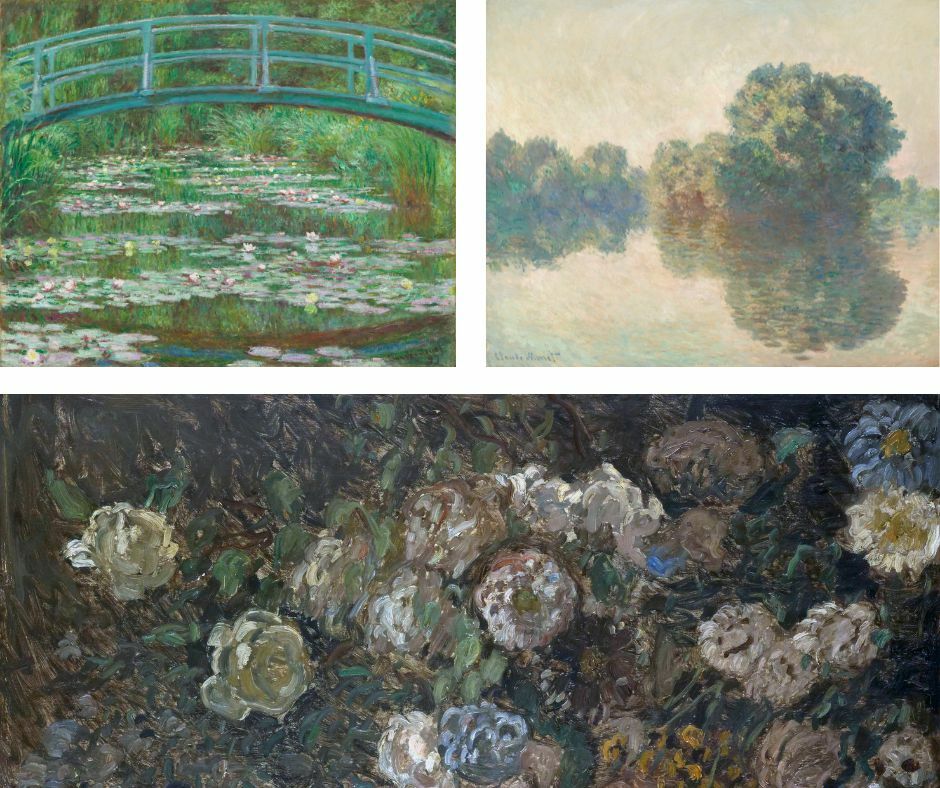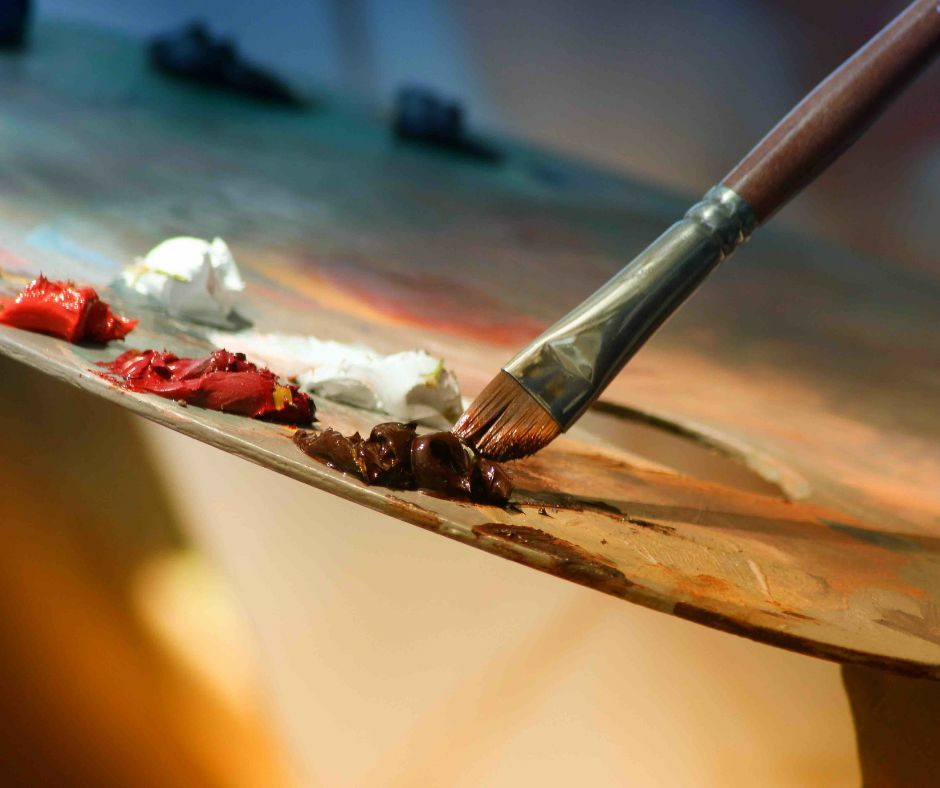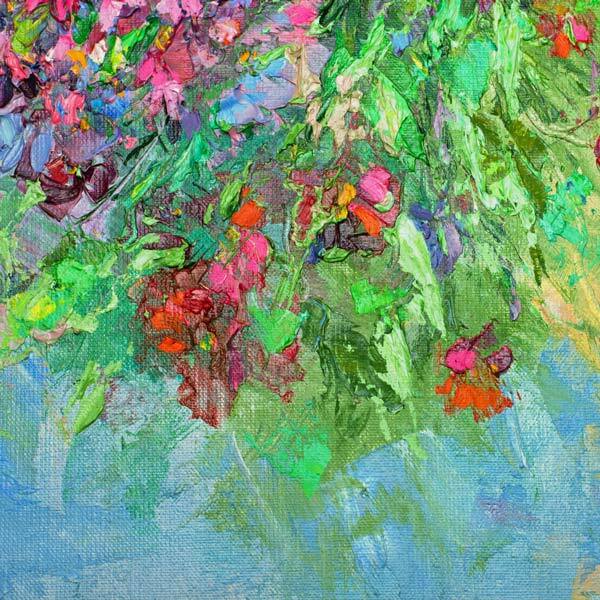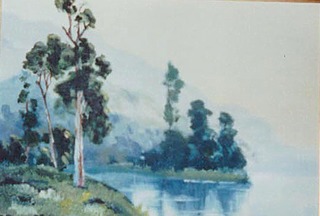The Art of Seeing: Explore the Revolutionary Style of Impressionism
One of my initial influences stemmed from the works of Claude Monet when I was working in oil for my paintings and depicting scenic landscapes. Monet's unparalleled ability to capture light and evoke a soft, serene ambience through his distinctive style.
Particularly evident in his water-lily scenes, left an indelible mark on my artistic journey. Here I offer you a glimpse into the world of Impressionism.
Unveiling the Origins of Impressionism
Impressionism emerged as an avant-garde art movement in France around 1870, pioneering a departure from the prevailing detailed realism of the era. Created by the art critic Louis Leroy, the term "Impressionist" found its genesis in Leroy's review of the 1874 group exhibition featuring over 30 painters rejected by the official Paris Salon.
Leroy's review, titled 'The Exhibition of the Impressionists,' derived its name from Monet's seminal work, 'Impression: Sunrise,' now housed in the Musée Marmottan in Paris.
Deciphering Impressionism: A Brush with Light
Impressionism embodies a revolutionary approach to art characterised by visible brushstrokes, mundane subject matters, and an emphasis on capturing the transient effects of light.
Departing from traditional harmony. A scene's physical reality was less important to Impressionists than the fleeting impressions and sensations it evoked. Among the most iconic figures of the Impressionist movement were Monet and Renoir.

Painting Beyond the Canvas: The Essence of Impressionism
Impressionist art is more than mere replication; it's about honing the ability to truly see. Contrary to popular belief, Impressionism isn't about creating picturesque scenes but rather about painting light and embracing the variations of colour, line, and tone.
If the French Impressionists were alive today, they'd likely capture the contemporary elements of urban life with the same fervour they once immortalised landscapes.
Embracing the Palette of Light: Techniques of Impressionism
Impressionism hinges upon the mastery of capturing light through varied brushstrokes, unorthodox subject matters, and swift execution. Painting en plein air, or outdoors, allows artists to immerse themselves in the play of natural light and movement, capturing fleeting moments with spontaneity and vigour. The technique of broken colour and impasto style lends depth and texture to the canvas, eschewing traditional blending for vibrant juxtapositions of colour.
Journeying Through Impressionism: A Path to Expression
Impressionism is a gateway to expressive painting, fostering a deep connection between the artist and their sensory experience. Through swift brushwork and a keen eye for natural phenomena, Impressionists invite viewers to witness the world through their perspective, embracing the fleeting beauty of everyday life.

Painting Like an Impressionist: Tips and Techniques
To paint like an Impressionist, embrace spontaneity, and immerse yourself in the world around you. Seek out unusual lighting conditions, study the interplay of light and movement, and ignore traditional techniques, replacing them with swift brushwork and vibrant colour contrasts. Remember, Impressionism isn't about recreating reality but capturing the essence of a moment in time.
Impressionism transcends boundaries, inviting artists to explore the interplay of light and colour with newfound vigour and a sense of spontaneity. It's a journey of self-expression, a celebration of the sensory experience, and a testament to the enduring allure of artistic innovation.
By following these guidelines, you can begin to paint in the vibrant, expressive style of the Impressionists, capturing the beauty and vitality of the world around you with energy and flair.
How to Paint in an Impressionist Style:
- Paint en Plein Air: Embrace the outdoors and paint directly from nature to capture the ever-changing light and atmosphere.
- Study Natural Light: Observe how light interacts with objects and scenes, focusing on its effects on colours and shadows.
- Focus on Movement: Capture the sense of movement and spontaneity in your brushwork, allowing your strokes to convey energy and vitality.
- Choose Ordinary Subject Matter: Look for everyday scenes and objects to paint, finding beauty in the mundane and the everyday.
- Paint Quickly: Work swiftly and decisively, aiming to capture the essence of a scene in one sitting rather than labouring over details.
- Use Short, Quick Brushstrokes: Apply the paint in short, broken strokes, allowing colours to blend optically on the canvas and creating vibrant, dynamic surfaces.
- Avoid Blending Colors: Instead of mixing colours on the palette, apply them directly to the canvas adjacent to one another, letting the viewer's eye blend them optically.
- Embrace Impasto: Build up thick layers of paint, creating texture and depth on the canvas that adds tactile interest and visual richness.
- Focus on Light and Color: Prioritises the portrayal of light and colour over precise detail, seeking to evoke mood and atmosphere through your colour choices and brushwork.
- Experiment with Color Harmony: Play with complementary and harmonious colour combinations to create visual interest and balance in your compositions.
- Work with a Limited Palette: Limit your palette to a few essential colours, allowing you to focus on the interplay of hues and values without being overwhelmed by choice.
- Paint with Feeling: Approach your painting with emotion and intuition, allowing your instincts to guide your brushstrokes and colour choices.
- Embrace Imperfection: Don't worry about achieving photographic realism; instead, embrace the spontaneity and imperfections of your brushwork, trusting in the power of suggestion to convey your artistic vision.
Lake Wanaka - Collette Fergus
By following these guidelines, you can begin to paint in the vibrant, expressive style of the Impressionists, capturing the beauty and vitality of the world around you with energy and flair.
Take a look at my other articles on artwork styles here:
Unlocking the Secrets of Cubism: Where Reality Meets Abstraction
Posted: Tuesday 9 February 2010

